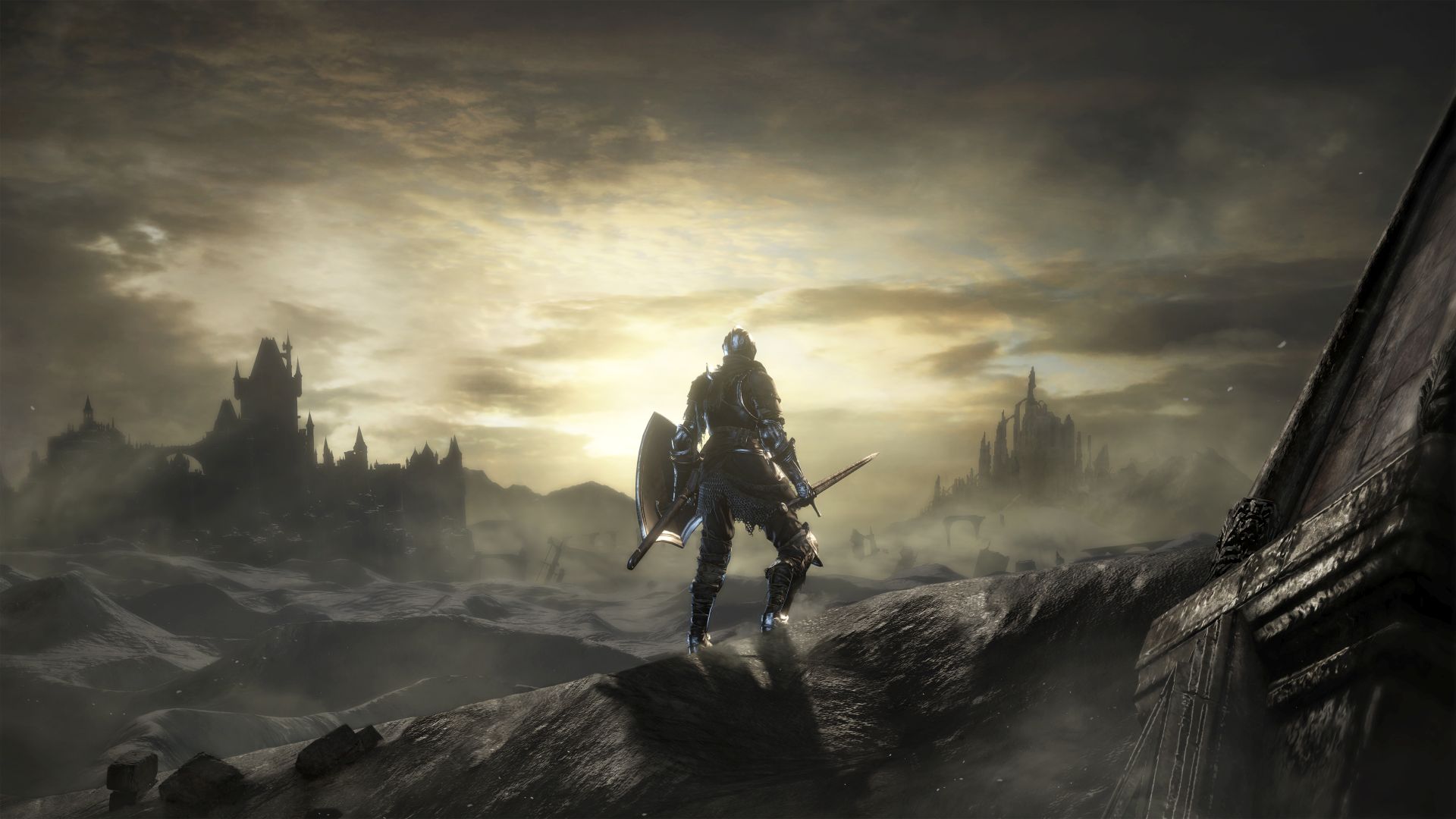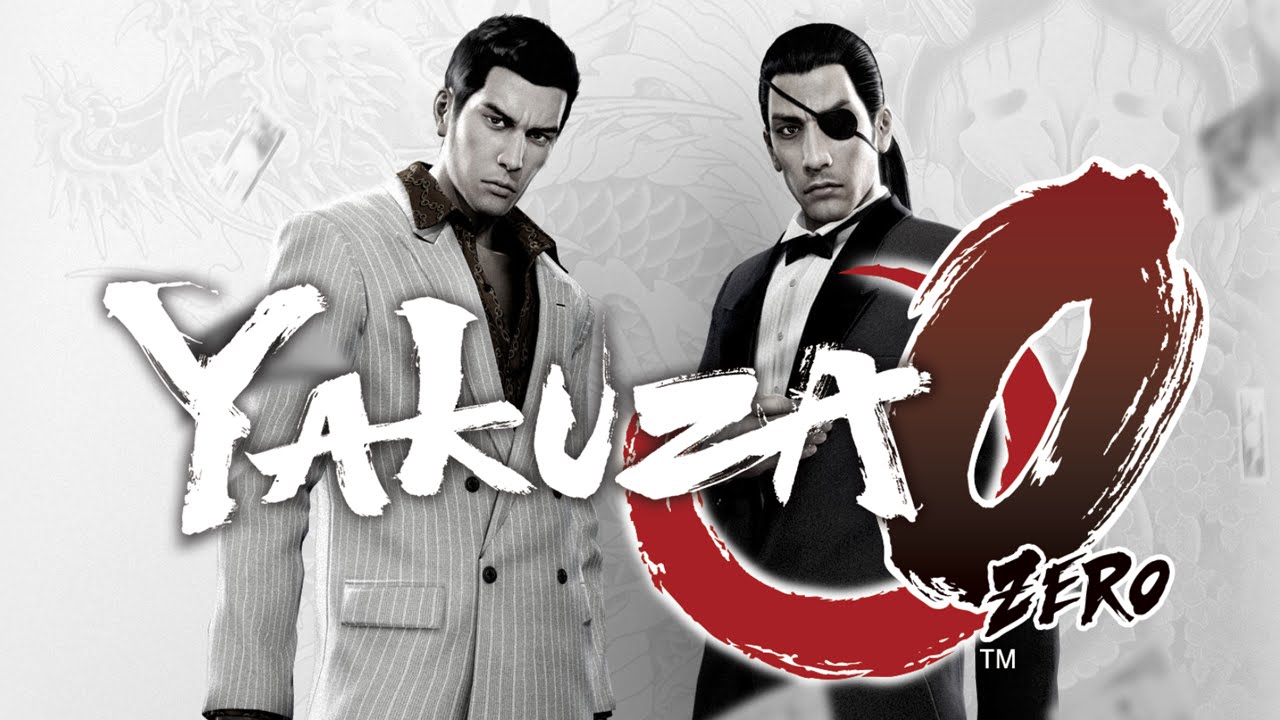I’ll play, at most, one major JRPG a year, so it had better be good. I haven’t played any previous Persona games, although I have dabbled in other games in the Shin Megami Tensei series, such as the Devil Survivor strategy spin offs and the Wii U Fire Emblem crossover Tokyo Mirage Sessions #FE. Many of the things that irritate me in JRPGs are neutralised in Persona 5, although issues with padding and quality of dialogue are annoyingly present.
Persona 5’s young protagonist is walking home when he sees an older man trying to force himself upon a younger woman. When he steps in and protects her, it transpires that the man is a senior politician, which he uses to have our protagonist charged with assault. Excluded from school and placed on probation, our hero is sent to study in Tokyo, staying with a family friend. It isn’t long until he is drawn into a strange world, or Palace, which mirrors the soul of the sadistic gym teacher Kamoshida. The protagonist and some new friends from school discover that they have the ability to change people’s hearts by stealing a treasure at the heart of their Palace, forcing corrupt and evil adults to change their ways. The hero, given the name Joker, forms the Phantom Thieves, a group which will plunder the Palaces of the evil and change their hearts, hopefully to change Japan for the better.
The core conceit of Persona 5 is great, and I loved the opportunity it gives the game to explore some pretty weighty and grounded topics which the genre may usually avoid. Things get weirder and grandiose as they go on, I felt to the game’s detriment. The Palaces reflect locations in the real world and how their creator views them. Kamoshida, the abusive PE teacher, views the school as a castle and himself as a decadent King, wearing a crown and an open bath robe. This Palace feels like a genuine delve into someone’s twisted psyche, even in the enemies, with a particular grotesque miniboss representing his libido. It’s really clever and makes the events feel personal, but unfortunately this element of the story peters out. It’s a decent enough JRPG tale and the writing is better than average, but the latter third of the game in particular feels very flabby, with interminable scenes of the characters just standing around and talking about things we already know. That said, the core party are a likeable bunch. Your first few companions are the loyal and hot headed Ryuji, the kind but stubborn Ann and the sassy talking cat Morgana. Persona 5 is frequently fascinating, but it moves too far from its own premise; a group of teenagers exposing the hypocrisy and manipulation of corrupt adults. It’s story peaks extremely early, which is a shame, because that peak really is very good.
Persona 5 is split into two parts; dungeon crawling and day to day life. The dungeons are the Palaces, although there is also Mementos, a descent through dozens of procedurally generated floors, with progress gated off between the completion of Palaces. The dungeon design is generally pretty good, with some simple but fun puzzles and some clever layout design. Joker is a bit more mobile than your average JRPG protagonist, with the ability to jump between platforms and up buildings. It’s all contextual and doesn’t require any thought, but it’s an extra layer of style in a game brimming with it. There are no random battles, with you instead assaulting shadows in the dungeons which then resolve into turn based battles. There’s a stealth element, which I expected to hate but was in fact simple enough that it wasn’t an issue. When in cover an enemy cannot see you at all, whether it’s facing you or not. You can launch an ambush to be able to have your whole party hit first, but they can also ambush you, leaving you surrounded and with certain moves unavailable. The dungeon design is nothing particularly special, but it doesn’t really have to be, mostly being an excuse to ferry you between the combat encounters.
The combat itself is pretty great. All party members apart from Joker are tied into using one Persona, usually tied to a particular attack type. For example, Ryuji’s Captain Kidd Persona is proficient in electric attacks. Joker is the exception and can switch between a range of Personas, all with different stats and attacks. New personas can either be taken in battle, or made by fusing other, weaker Personas together. I’ve always loved the demon fusing systems from other Shin Megami Tensei games and I enjoyed it here too. As with other games in the Shin Megami Tensei-verse, the battles are based primarily around elemental weaknesses, although some are weak to physical or gun attacks. If a foe is hit with their weakness they are stunned, the user gets another turn, where they can either attack again or pass over the attack to another party member, which in turn boosts their attack power. If every enemy is stunned, your party move into a hold up, where they can either all team up to devastate the enemy team, often killing them outright, demand an item, or negotiate them to join the party and become a new summonable persona for Joker. Standard buffs and debuffs, as well as status effects are also in play, making a combat system which feels fast and fluid, with quick battles that rarely drag. The boss fights can get really tricky and require clever use of buffs and debuffs. The vast majority of moves you can use are useful in some way and the game does a good job of encouraging you to use a range of attacks, rather than just powering through on a few damage heavy moves, as I often find myself doing in other JRPGs.
Outside of dungeon and combat, the other half of the game is found back in the real world and is probably the part I enjoyed the most. Alongside your Phantom Thievery in the cognitive Metaverse, you are also just a normal high school student, with exams, part time jobs and a social life. During each day when not heading into a Palace or Mementos, you have two time slots, after school and the evening, to take on a number of activities. The first, and most important, is building relationships with characters, referred to as Confidants. All of your party members are Confidants, but a number of other supporting characters in the world are too. You boost Confidant rankings by spending time with the characters; for your party members this will give battle advantages when you use them, but it’s the non-party members that can be the most valuable. For example, the ability to swap out party members during a battle is unlocked as you develop a friendship with the shogi player Hifumi. Some allow you to use your precious, and limited, time more effectively, such as a maid who will take on some tasks for you that usually take up a valuable slot for something else. You absolutely will not have time to max out every Confidant in one playthrough, giving these interactions a sense of very real weight. Some of the abilities you unlock are hugely useful and it feels really damn satisfying when you finally get them.
This isn’t the only thing you’ll need to do during your time slots; you also have ‘social stats’, which can gate off progress for boosting your Confidant ranks. These are knowledge, charm, guts, proficiency and kindness, all of which can be boosted in a variety of ways. For example, you can boost knowledge by studying for exams, which then boosts your charm if you pass them. On most days there’s a wonderful sense of possibility; do you head into a Palace/Mementos, do you hang out with your friends, or do you go and better yourself somehow. It captures a very real sense I have as an adult of never quite having enough time to do everything I want to do. There’s a peculiar anxiety permeating the game and it turns out that this sense of urgency may be the kick up the arse that JRPG pacing needs. That said, too many days are consumed by cutscenes and far too often you won’t be allowed to go out at night for reasons that feel arbitrary. Feeling like you never quite have enough time is interesting, feeling like a little kid being sent to bed isn’t.
Persona 5 is dripping with style, with a sense of flamboyant theatrics I loved. The art style is expressive, although animations in conversations are as awkwardly stiff as we expect for the genre. Even the menus and UI look incredible, with easily the best designed turn based battle menu I’ve ever seen. There is the odd anime cutscene, although they’re really not that great and I preferred some lovely ones animated in the actual game’s art style. The voice acting is better than average for a JRPG. I’ve accepted that JRPG voice acting will rarely be truly good, so generally I’m happy with just the right amount of hammy. There are a few awful voices for some minor characters, and one party member, but generally the quality is decent. I loved the music, which is entirely silly. I’ve realised that I prefer a JRPG battle theme to be as goofy as possible, and preferably to have vocals. I’ll have the sweeping orchestras in my western RPGs, my ideal JRPG soundtrack is the crazy one for Xenoblade Chronicles X. Whilst it doesn’t quite reach that level of silliness, it’s still pretty goofy and I loved it.
Persona 5 is a game I liked a lot, but general JRPG irritations held me back from loving it. It’s not quite the bold reinvention of the genre some people seem to have made it out to be; it is just a JRPG, but definitely the most solidly constructed and interesting I’ve played in years. A good 15 hours snipped would have improved the experience, as it’s the sense of flabbiness and bloat that most holds this game back from true greatness. Still, if I’m going to sink 70 hours into a JRPG I’m glad it was this one.
Posted in
PS3 Games,
PS4 Games,
Uncategorized and tagged
gaming,
joker,
jrpg,
morgana,
persona,
persona 5,
shin megami tensei,
tokyo,
videogames |








